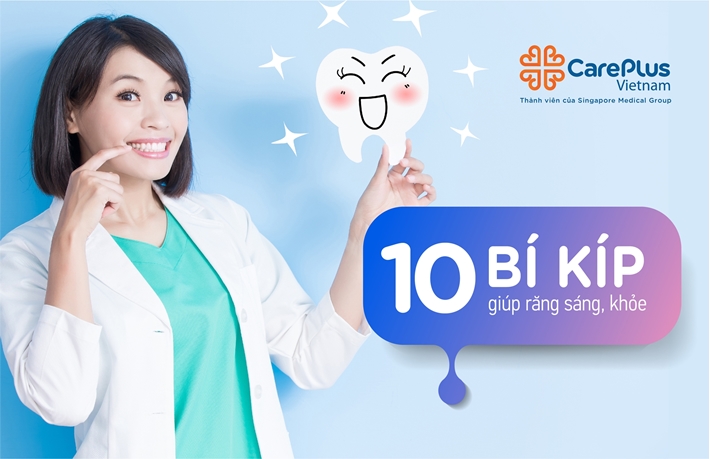10 Tips for Healthy Whiter Teeth
Here are 10 secrets for keeping your pearly whites in tip-top shape. Up-to-date right now!!!

1/25/2018 5:07:05 PM
1. Go on a white-teeth die
If you're quaffing red wine and black tea, or smoking cigarettes or cigars, expect the results to show up as not-so-pearly whites. Other culprits to blame for dingy teeth include colas, gravies, and dark juices. Bottom line: If it's dark before you put it in your mouth, it will probably stain your teeth. Brush immediately after eating or drinking foods that stain teeth and use a good bleaching agent for white, healthy teeth, either over-the-counter or in the dentist's office. For convenient teeth-cleaning action, eat an apple—make sure to brush on teeth-whitening tips from dentists too.
2. Chuck your toothbrush...
...or change the head of your electric toothbrush at least every two to three months for healthy teeth. Otherwise, you're just transferring bacteria to your mouth. According to Beverly Hills dentist Harold Katz, D.D.S., the best way to brush is by placing your toothbrush at a 45-degree angle against your gums and gently moving it in a circular motion, rather than a back-and-forth motion. Grip the toothbrush like a pencil so you won't scrub too hard.
3. Clean your tongue
Use a tongue scraper every morning to removebacteria on the tongue, which a daily tongue scraping will help banish. Plus tongue plaque and freshen your breath. One major cause of bad breath is the buildup of , using a tongue scraper is more effective than brushing your tongue with a toothbrush, says Dr. Katz.
4. Eat 'detergent' foods
Foods that are firm or crisp help clean teeth as they're eaten. We already mentioned apples (otherwise known as nature's toothbrush); other choices include raw carrots, celery, and popcorn. For best results, make "detergent" foods the final food you eat in your meal if you know you won't be able to brush your teeth right after eating.
5. Gargle with apple cider vinega
Do this in the morning and then brush as usual for healthy teeth. The vinegar helps help remove stains, whiten teeth, and kill bacteria in your mouth and gums.
6. Brush your teeth with baking soda once a week
This will remove stains and whiten your teeth. Use it just as you would toothpaste. You can also use salt as an alternative toothpaste. Just be sure to spit it out so it doesn't count as sodium intake! Also, if your gums start to feel raw, switch to brushing with salt every other day.
7. Stay fresh
To check the freshness of your breath, lick your palm and smell it while it's still wet. If you smell something, it’s time for a sugar-free breath mint. Shopping for mouthwash? Make sure it is alcohol-free. Most over-the-counter mouthwashes have too much alcohol, which can dry out the tissues in your mouth, making them more susceptible to bacteria.
8. Practice flossing with your eyes shut
If you can floss without having to guide your work with a mirror, you can floss in your car, at your desk, while in bed, and before important meetings. In which case, buy several packages of floss and scatter them in your car, your desk, your purse, your briefcase, your nightstand.
9. Brush your teeth when you first get out of bed and before you get back in at night
They're the two most crucial times. That’s because saliva (which keeps cavity-causing plaque off teeth) dries up at night, so it’s best to have all plaque cleaned off the teeth bef. ore sleep. It’s also important to brush first thing in the morning to brush off plaque and bacteria (morning breath!) that may have built up as you slept for healthy teeth.
10. Conceal with color
Ladies: Choose a medium coral or light red lipstick. These colors make your teeth look whiter, whereas lighter-colored lipsticks tend to bring out the yellow in teeth.